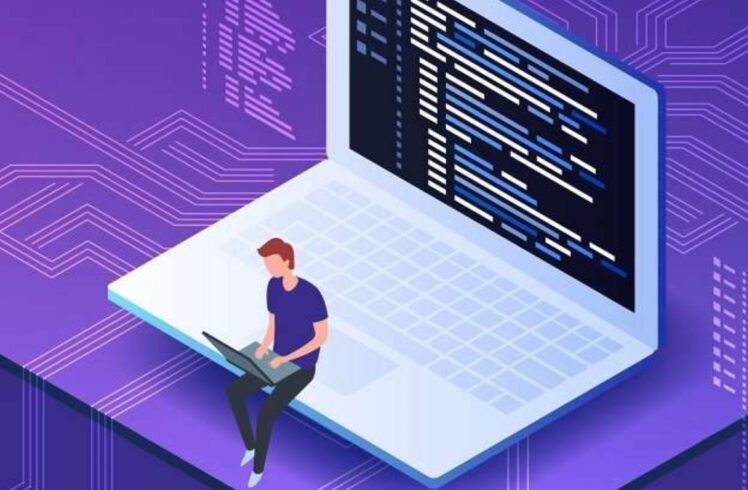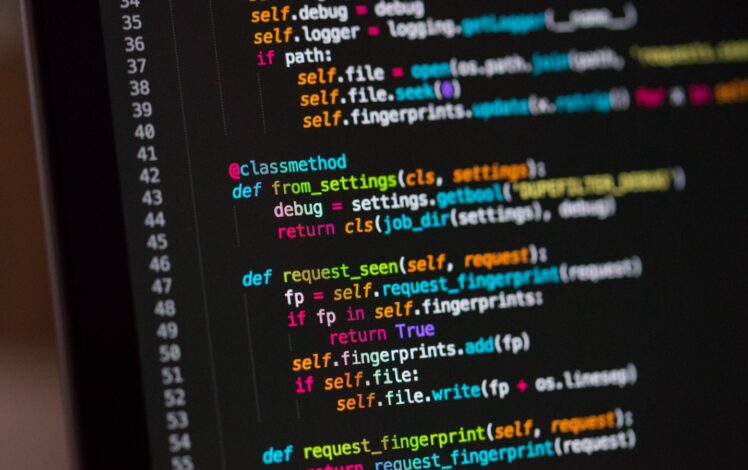Computer programming is a skill that many people in the world would like to have. It’s one of the most in-demand skills, and it has the potential to change your life.
But it’s not easy to learn computer programming. It takes a lot of time and effort, and there are many languages you can learn. It’s not easy to learn programming languages, but that doesn’t mean it isn’t worth it.
In this article, we will give you a quick overview of some common languages that programmers use today: Java, Python, Ruby, JavaScript, PHP, C++. We’ll also show you how to learn these languages through online courses and tutorials so that you can start learning them on your own!
In case you are not able to study programming and complete your writing assignments, just use our essay writing service Essaysforme to get A+ paper.
Contents
What is Computer Programming?
Computer programming is a process of writing and testing code to create a program. Programmers are professionals who specialize in computer programming. They write programs that enable users to accomplish tasks on computers.
Programming languages are used by programmers to create programs, which can be executed by the computer. There are many different types of programming languages and they are created for different purposes and with different features.
The first step in becoming a programmer is learning how to program, which includes learning one or more programming languages as well as understanding how software development works. The second step is finding a place where you can work as a programmer, either in an organization or from home as an independent contractor or freelancer.
Programmers are in charge of translating their thoughts into a language that can be understood by computers so that they can create a program that will accomplish what they want it to do. In programming, a language is a system of communication between humans and machines.

Source: simplilearn.com
Types of Programming Languages
Programming languages are the backbone of any software, and they are essential in the development process. But, it is a tedious task to write a program from scratch, and you will most likely be looking for help. To make your work easier, we have compiled the best software development tutorials available on the internet.* Online Development TutorialsThe first set of online tutorials are dedicated to programmers who want to learn how to code without needing any coding knowledge beforehand. They can follow along without needing proficiency in any programming language.
Java is a general-purpose object-oriented programming language that is concurrent, class-based, and specifically designed to have as few implementation dependencies as possible. Java has been standardized by Oracle Corporation, Sun Microsystems (now part of Oracle Corporation), IBM, and others.
Java was originally developed by James Gosling at Sun Microsystems (then called “Sun”) in 1991 as a “simple, object-oriented” language with a syntax similar to C++. It was designed with a programming style that made it easy to learn and use. It has since been used to develop many large applications for desktop and server platforms alike: from enterprise software systems to games like Minecraft.
Python is an interpreted high-level programming language for general purpose use. Its design philosophy emphasizes code readability, notably using significant whitespace indentation instead of curly brackets or keywords where possible; explicit
Programming Languages in Practice
Programming languages are a set of rules that tells the computer what to do and how to do it. They are the building blocks of computer software, without which computers would be just a hunk of metal and plastic. Some typical examples of programming languages are BASIC language, C language, and JavaScript.
Programming languages are not created equal. Some programming languages are more popular than others for different reasons. Java is one such language and is used in many industries like finance, banking, education, and healthcare. Python is another programming language that is used in data science and machine learning applications.

Source: content.techgig.com
Data Types and Operators
Data types and operators are the fundamental building blocks of programming languages. These two categories both have different roles in a programming language- data types help determine what kind of data the program will work with, while operators allow for actions to be performed on data. Data types can be numbers, strings, boolean values, or other similar categories based on what the programmer wishes to accomplish with their program.
- Data Types: Data types in programming languages can be classified into two categories – primitive data types and composite data types.
- Primitive Data Types: Primitive data types are the simplest form of data type in a programming language, they cannot be broken down into smaller components.
- Composite Data Types: Composite data types are made up of one or more primitive data type(s).
- Operators: Operators are symbols that represent instructions that can be carried out on values or variables. They can give a value to a variable, change the value of a variable, or do both at the same time.
Java VS Python VS C++
These three languages are one of the most used ones in programming. But which one is better? All three have their own strengths and weaknesses. Here’s a look at the main differences between these three languages.
First and foremost, Java is a interpreted language, meaning that the code you write is run on a virtual machine (VM) rather than being executed directly on a computer’s processor. This means that Java programs are faster to start up and use less memory than compiled languages like Python or C++. Additionally, Java has had more development time invested in it so there are many libraries and tools available for developers to use.
Python is another popular interpreted language with many adherents because of its readability and ease of use. Like Java, it runs on a VM which makes it fast and efficient; however, Python also compiles down to bytecode which can be run directly on the processor. Because of this compile-time optimization feature, Python is often used for low-level tasks such as system administration or network programming.

Source: medium.com
Unlike these other languages where source code can be edited by anyone with basic knowledge of text editors like Notepad++ or gedit, creating code in C++ requires more specialized knowledge, such as that of a C++ compiler. Additionally, C++ code can be difficult to read and understand for beginners which may put them off from trying it out. However, with the right resources and experience, it can be a powerful language for developing commercial software applications.
